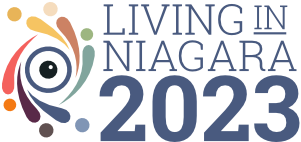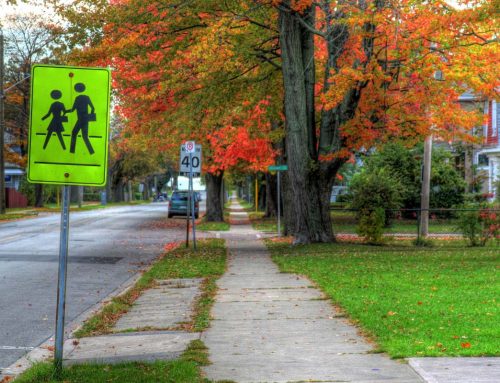Literacy level ratings: Literacy rates in Canada are calculated on 5 levels for each of reading prose, documents, and numeracy. An overall literacy rate average is calculated. Level 3 is suggested as the level required for a person to be fully functional in everyday Canadian society and in the workplace. Literacy Niagara estimates that 1 in 5 Canadians cannot read or write well enough to function adequately. Jobs that require Level 1 and 2 skills have decreased since the 1990s. It is estimated that 39.2% of working Canadians lack the literacy skills required for their positions. Lower literacy skills often contribute to individuals having low paying jobs and can contribute to them being unemployable. Sources: ABC Canada, 2001; Arai, 2008 p. 34.
While Niagara’s rates of literacy are comparable to those of the province (31.3% average reading at level 3 compared to 32.2% in Ontario), it still means that a substantial portion of our population cannot fill out documents such as job applications or driver’s licenses, read a book or educational materials, use a telephone directory, read instructions for safety at home or work, read road maps or signs or write business letters.
Literacy rates vary across the Niagara Region and need to be studied further related to education levels, employment rates and low income levels that exist in different parts of the region. Canadian studies indicate that literacy levels for immigrants and Aboriginal populations are far below the general population.
According to Early Years Niagara: The Niagara Children’s Charter Enacted (2009)
Niagara has an over-representation in the lower two literacy levels and an under-representation in the highest literacy level. The Niagara Best Start Network (2008) estimates over 59% of adults in Niagara do not meet literacy expectations, compared to 40% of adults in Ontario.
According to Literacy Link Niagara:
- Almost 50% of Canadian adults can not work well with words and numbers.
- Learning disabilities affect about 10% of Canadians; of these, 80% have difficulty learning to read
- Children of parents who have not graduated from high school are twice as likely to live in poverty
- People with literacy problems have only 2/3 of the income of other adults.
- 48% of all Canadians fall into the lowest two reading levels (a majority are seniors, 65 and older).
- Literacy levels are lower in Niagara compared to the provincial average.
- The unemployment rate for people at the lowest literacy level is 26% vs. 4% at highest literacy levels.
- Their goal to increase local workplace literacy levels by 10% in 2010.









